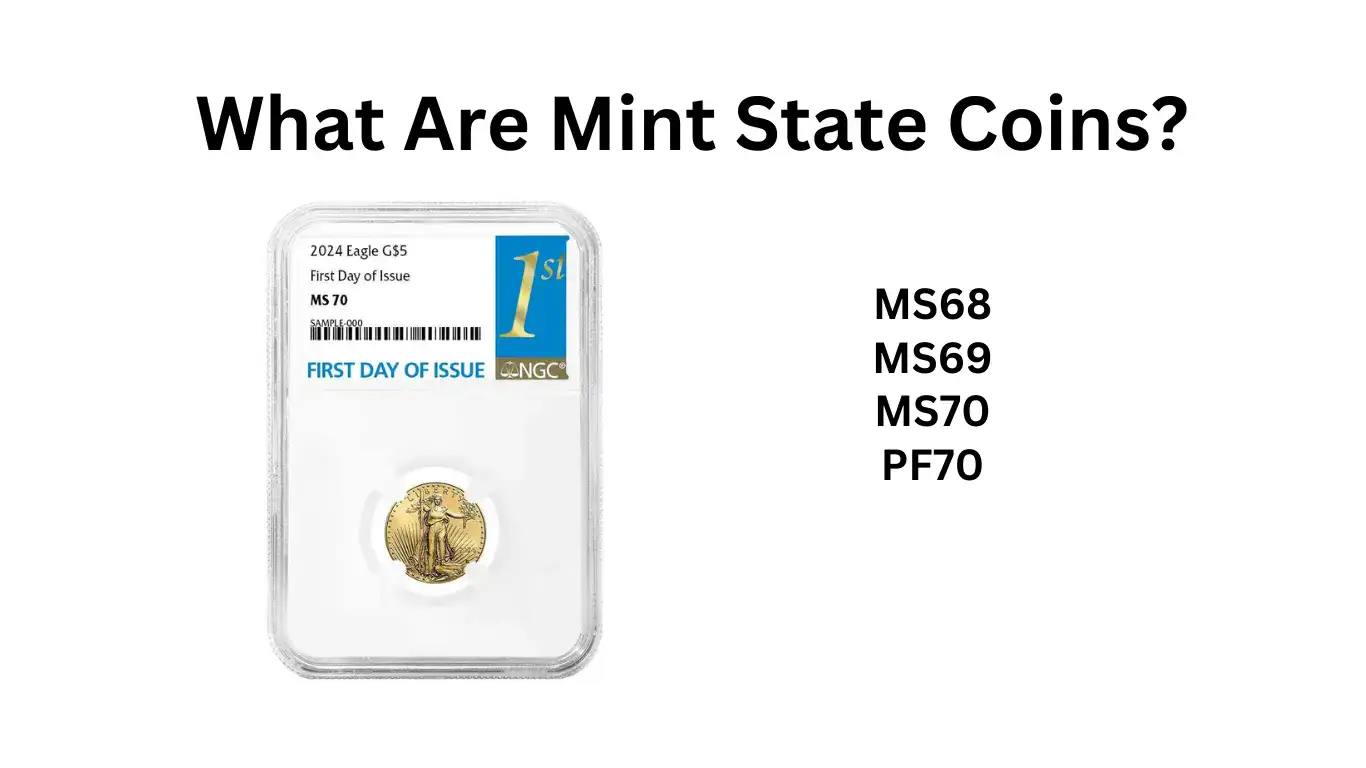What Are Mint State Coins?
Welcome to our comprehensive guide on Mint State coins! Explore the fascinating world of uncirculated coins and learn why they are so significant to collectors and investors alike.
What Are Mint State Coins?

Mint State coins, also known as uncirculated coins, are coins that have never been used in everyday commerce. These coins are produced by official government mints and remain in pristine condition, free of wear or handling marks. Collectors value Mint State coins for their rarity and immaculate quality.
Frequently Asked Questions About Mint State Coins
Mint State coins are uncirculated coins that retain their original condition without any wear. These coins are highly prized for their pristine appearance and quality.
MS-70 is the highest grade on the Sheldon Coin Grading Scale. It represents a flawless coin with no imperfections visible under 5x magnification. These coins are exceedingly rare and highly valued by collectors.
Mint State coins are valuable due to their rarity, pristine condition, and historical significance. Additionally, their appeal to collectors and investors drives up demand and value over time.
Mint State coins are graded using the Sheldon Coin Grading Scale, which ranges from MS-60 to MS-70. Reputable grading companies like PCGS (Professional Coin Grading Service) and NGC (Numismatic Guaranty Corporation) assign grades based on factors like luster, surface preservation, and strike quality.
Mint State coins are regular uncirculated coins intended for circulation but preserved in perfect condition. Proof coins, on the other hand, are specially struck using polished dies to achieve a mirror-like finish, making them primarily for collectors.
Uncirculated refers to coins that have not been used in everyday transactions. They retain their original mint luster and show no signs of wear or handling.
Store Mint State coins in protective holders, such as coin capsules, albums, or tamper-proof slabs provided by grading companies. Avoid touching the coins directly to prevent oils and fingerprints from damaging them.
You can purchase Mint State coins from reputable dealers, online marketplaces, auction houses, or directly from official government mints. Always verify the seller's credibility before making a purchase.
The Sheldon Coin Grading Scale is a 70-point system used to evaluate the quality and condition of coins. Grades range from Poor (P-1) to Mint State (MS-70), with higher grades indicating better preservation and quality.
Examples of famous Mint State coins include the 1909-S VDB Lincoln Cent, the 1889-CC Morgan Silver Dollar, and the 1933 Saint-Gaudens Double Eagle. These coins are highly sought after for their rarity and historical significance.